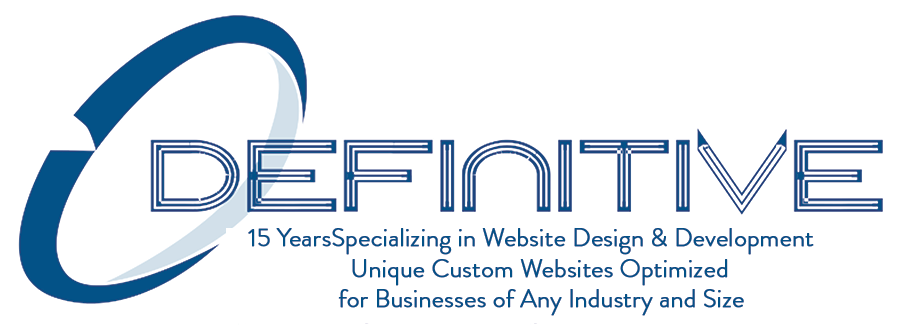EPI-LASIK, PRK,and LASEK are known as “surface procedures.” They are performed for patients who are not good candidates for the LASIK because they have thin corneas, with insufficient tissue for a good LASIK flap. In addition, patients with Myopia (nearsightedness), Hyperopia (farsightedness), or Astigmatism are not eligible for LASIK. In these cases, Dr. David O’Day will suggest one of three alternative procedures that accommodate corneal abnormalities.
 Epi-K LASIK Eye Surgery
Epi-K LASIK Eye Surgery
EPI-K LASIK is a type of refractive surgery to correct myopia, hyperopia, and astigmatism. While the steps of Epi-K are very similar to LASIK, the main difference is in the formation of the flap prior to reshaping the cornea to correct the refractive error. There are three steps to Epi-K:
- The Creation of the Flap: This step is where Epi-K differs from LASIK. With Epi-K, the flap is created with a thin blade called an epi-keratome. This blade is used if for people whose corneas are too thin. It removes a thin layer of epithelium cells so that Dr. O’Day can use the laser to correct the patient’s vision.
- Reshaping of the Cornea: Dr. O’Day then applies an excimer laser to the cornea to reshape and correct the patient’s vision issue.
- The Flap is Replaced: After the cornea is sculpted, the flap is very carefully folded back into place. Epithelium cells are the fastest growing cells in the body, but even so, Dr. O’Day will place a contact lens on the eye for protection.
The main advantage of Epi-K over traditional LASIK is that there are no deep corneal “flaps” created which means that the healing process is more permanent since much less tissue is displaced than is the case with LASIK. The proof of the benefits of Epi-K at Charleston Cornea and Refractive Surgery is in the thousands of exuberant patient stories and in the fact that Dr. O’Day is Charleston’s only practice which offers a 20/20 Money Back Guarantee to his patients. This guarantee is your assurance that Dr. O’Day has complete confidence in his ability to improve your vision to at least 20/20, and oftentimes even better.
PRK LASIK Eye Surgery
PRK (Photorefractive Keratectomy) is a type of refractive surgery that also corrects Myopia, Hyperopia, and Astigmatism and was the first type of laser eye surgery for vision correction. PRK was the first laser procedure to be approved by the FDA in 1995. PRK and LASEK use the same lasers, the same computers, and reshape the cornea in the same way as the LASIK procedure. The main difference is that with PRK/LASEK there are no corneal flaps. Although the healing takes longer for PRK/LASEK than for LASIK, the visual results are the same. PRK is still commonly performed and offers advantages over LASIK for some patients. Like LASIK and other types of laser eye surgery, PRK works by reshaping the cornea using an excimer laser, allowing light entering the eye to be properly focused onto the retina for clear vision. There are three steps to PRK:
- Laser Application: Numbing eye drops are applied to your eyes, and an instrument called a lid speculum is used to keep your eyelids open. Dr. O’Day then directs the excimer laser over your eye, which is programmed for your exact prescription. You will be asked to look at a target light for a short time as the laser sends pulses of light to your cornea.
- Reshape the Cornea: The laser energy removes microscopic amounts of tissue and reshapes the cornea. Most patients do not feel any discomfort, although some feel some pressure on their eyes. PRK is performed on each eye separately (often one after the other on the same day), with each procedure taking only about five minutes. While some patients have both eyes treated on the same day, others choose to have the surgery on their second eye a week or two later.
- Contact Lens Bandage: Dr. O’Day covers the treated cornea with a bandage contact lens. Within days, new epithelial cells grow back, and the bandage contact is removed.
LASEK Eye Surgery
LASEK (Laser epithelial Keratomileusis) is not a misspelling of LASIK, but a minor modification of the PRK procedure. LASEK, combines benefits of the two most commonly performed procedures — LASIK and PRK to treat astigmatism, nearsightedness, or farsightedness.
In LASEK eye surgery, various techniques are used to retain the very thin corneal surface layer of cells (epithelium) that is used to recover the cornea after the laser sculpting is performed. LASEK permanently changes the shape of the anterior central cornea using an excimer laser to ablate (remove by vaporization) a small amount of tissue from the corneal stroma at the front of the eye. The outer layer of the cornea is removed prior to the ablation. A computer system tracks the patient’s eye position 60 to 4,000 times per second, depending on the brand of laser used, redirecting laser pulses for precise placement. Most modern lasers will automatically center on the patient’s visual axis and will pause if the eye moves out of range and then resume ablating at that point after the patient’s eye is re-centered.
The outer layer of the cornea, or epithelium, is a soft, rapidly regrowing layer in contact with the tear film that can completely replace itself from limbal stem cells within a few days with no loss of clarity. The deeper layers of the cornea, as opposed to the outer epithelium, are laid down early in life and have very limited regenerative capacity. The deeper layers, if reshaped by a laser or cut by a microtome, will remain that way permanently with only limited healing or remodelling. With PRK, the corneal epithelium is removed and discarded, allowing the cells to regenerate after the surgery. The procedure is distinct from LASIK (laser-assisted in-situ keratomileusis), a form of laser eye surgery where a permanent flap is created in the deeper layers of the cornea.
No matter what your vision-related issues, it is crucial to have a skilled, caring, and trusted health care provider. If you live in Mount Pleasant, North Charleston, and Myrtle Beach SC or surrounding areas, consider visiting Charleston Cornea & Refractive Surgery for a LASIK consultation to see if you are a candidate. Call us at (843) 856-5275 for more information.

